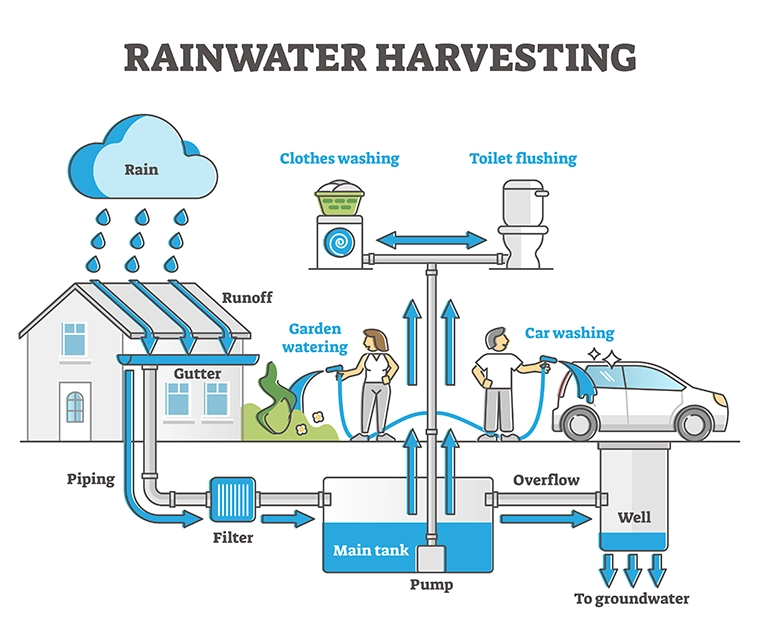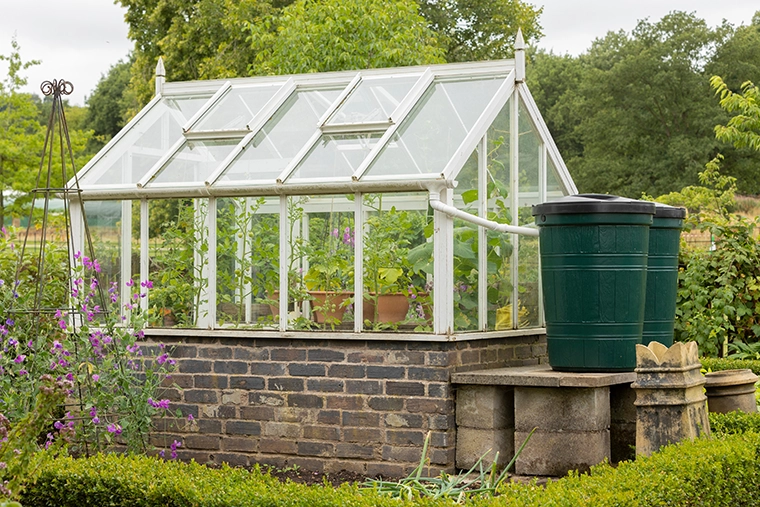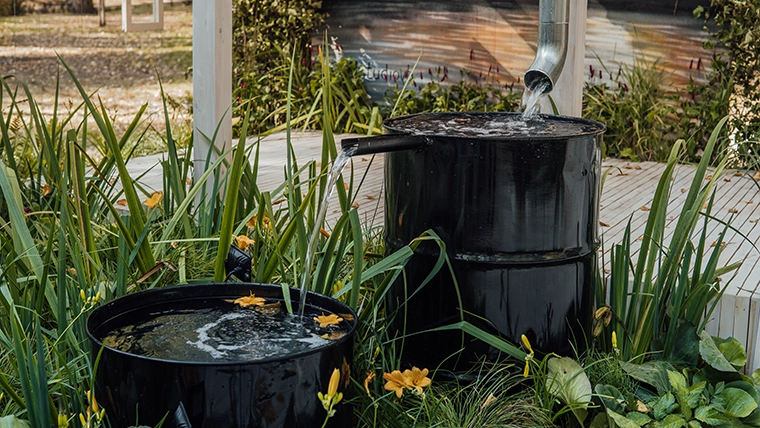Rainwater harvesting is an age-old practice that has been used for centuries to capture and store rainwater for later use. However, with the advent of modern technology, harvesting rainwater has become easier and more efficient than ever. In this blog post, we'll explore the many benefits of harvesting rainwater, the different systems and techniques used to collect and store it, and how you can make the most of this natural resource. So, if you're looking to unlock the power of nature's free resource, read on!

Introduction to Rainwater Harvesting
Rainwater harvesting involves collecting and storing rainwater runoff from rooftops, driveways, and other surfaces for later use. This water can then be used for various purposes, such as watering gardens, flushing toilets, and even drinking. Not only is rainwater harvesting an environmentally conscious way to conserve water, but it can also save you money on your water bills.
The benefits of harvesting rainwater range from providing a clean and reliable water source to helping reduce stormwater runoff and improving water quality in nearby bodies of water. As more and more people become aware of the benefits of harvesting rainwater, this practice is becoming increasingly popular in both residential and commercial settings.
Benefits of Rainwater Harvesting
One of the primary benefits of harvesting rainwater is that it provides a free and reliable source of clean water. Unlike other sources of water, rainwater is free from pollutants and contaminants, making it safe to use for a variety of purposes. Furthermore, rainwater harvesting can help reduce your dependence on municipal water sources, which can lead to lower water bills.
Another benefit of harvesting rainwater is that it helps reduce stormwater runoff and improve water quality in nearby bodies of water. By collecting and storing rainwater, you can reduce runoff and prevent pollutants and contaminants from entering local streams and lakes. This, in turn, helps to improve water quality and protect aquatic ecosystems.
Finally, harvesting rainwater can help conserve water, particularly during times of drought. By collecting and storing rainwater, you can reduce your reliance on municipal water sources, and help conserve a precious natural resource.
Rainwater Harvesting Systems
There are a variety of different rainwater harvesting systems available, each of which is designed to meet different needs and requirements. Some of the most common types of rainwater harvesting systems include rooftop systems, underground tanks, and storage tanks.

Rooftop systems are designed to collect and store rainwater runoff from rooftops. These systems are typically composed of gutters and downspouts, which are connected to a storage tank or cistern. Underground tanks are buried below the ground and are designed to store large amounts of rainwater. Finally, storage tanks are above-ground tanks that are used to store and collect rainwater runoff from rooftops or other surfaces.
Design Considerations for Rainwater Harvesting Systems
When designing a rainwater harvesting system, it's important to consider a few key factors. First, you'll need to determine the size of the system and the amount of water you'll need to collect. This will depend on the size of your roof and the average amount of rainfall in your area. You'll also need to consider the type of materials you'll use for the system, as well as any additional components you may need, such as filters or pumps.
It's also important to consider the location of the system, as this will affect the efficiency of the system. For instance, if you install a rooftop system, you'll need to make sure that the roof is sloped properly to maximize the amount of water you collect. Finally, you'll need to consider any local regulations or restrictions that may apply to your system.
Rainwater Collection Techniques
Once you have your system in place, you'll need to think about the best way to collect and store rainwater. There are a few different techniques you can use to maximize your collection. For instance, you can install rain barrels or cisterns to collect and store rainwater runoff from rooftops or other surfaces. You can also install rainwater catchment devices such as gutters and downspouts to direct rainwater into a storage tank.

In addition, there are a few other techniques you can use to increase the efficiency of your rainwater harvesting system. For instance, you can install a rainwater diverter to direct runoff from downspouts away from your property and into a storage tank. You can also install a rainwater filter to remove any pollutants or contaminants from the rainwater.
Rainwater Storage Solutions
Once you have collected and filtered the rainwater, you'll need to find a way to store it. There are a variety of different storage solutions available, ranging from underground tanks to above-ground tanks. Underground tanks are typically used to store large amounts of rainwater, while above-ground tanks are best suited for smaller amounts of water.
When choosing a storage solution, it's important to consider the capacity of the tank and the duration of time you need to store the water. It's also important to consider the type of materials used to construct the tank, as this will affect the durability and longevity of the tank. Finally, you'll need to consider any local regulations or restrictions that may apply to the installation of the storage tank.
Making the Most of Rainwater Harvesting
Once you have your rainwater harvesting system in place, there are a few things you can do to maximize its efficiency. First, you'll want to make sure that you inspect your system regularly and repair any leaks or damage. You'll also want to make sure that your gutters and downspouts are clear of debris, as this can reduce the amount of water you collect.
In addition, you'll want to make sure that you use the right water filters to remove any pollutants or contaminants from the water. Finally, you'll want to make sure that you properly maintain and clean your storage tank to ensure that the water is safe to use.
Rainwater Harvesting Regulations
Before you begin harvesting rainwater, it's important to be aware of any local regulations or restrictions that may apply. In some areas, there may be restrictions on the amount of rainwater you can collect, as well as the types of materials you can use to construct your system. It's also important to be aware of any regulations regarding the use of the water, such as whether or not you can use it for drinking or irrigation.
Rainwater Harvesting Maintenance
Maintaining your rainwater harvesting system is essential to ensure that it works properly and efficiently. You'll want to inspect your system regularly and repair any leaks or damage. You'll also want to make sure that your gutters and downspouts are clear of debris, as this can reduce the amount of water you collect.
In addition, you'll want to make sure that your storage tank is properly maintained and cleaned to ensure that the water is safe to use. Finally, you'll want to make sure that you use the right filters to remove any pollutants or contaminants from the water.
Conclusion
Harvesting rainwater is an age-old practice that has been used for centuries to collect and store rainwater for later use. Today, rainwater harvesting is becoming increasingly popular, as more and more people become aware of the many benefits it offers. By collecting and storing rainwater, you can reduce your dependence on municipal water sources, conserve water during times of drought, improve water quality in nearby bodies of water, and even save money on your water bills.
Whether you're looking to reduce your water bills or simply want to do your part to conserve this precious natural resource, harvesting rainwater is a great way to do it. So, if you're looking to unlock the benefits of nature's free resource, start harvesting rainwater today by clicking below.





